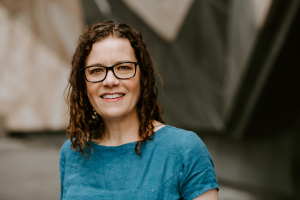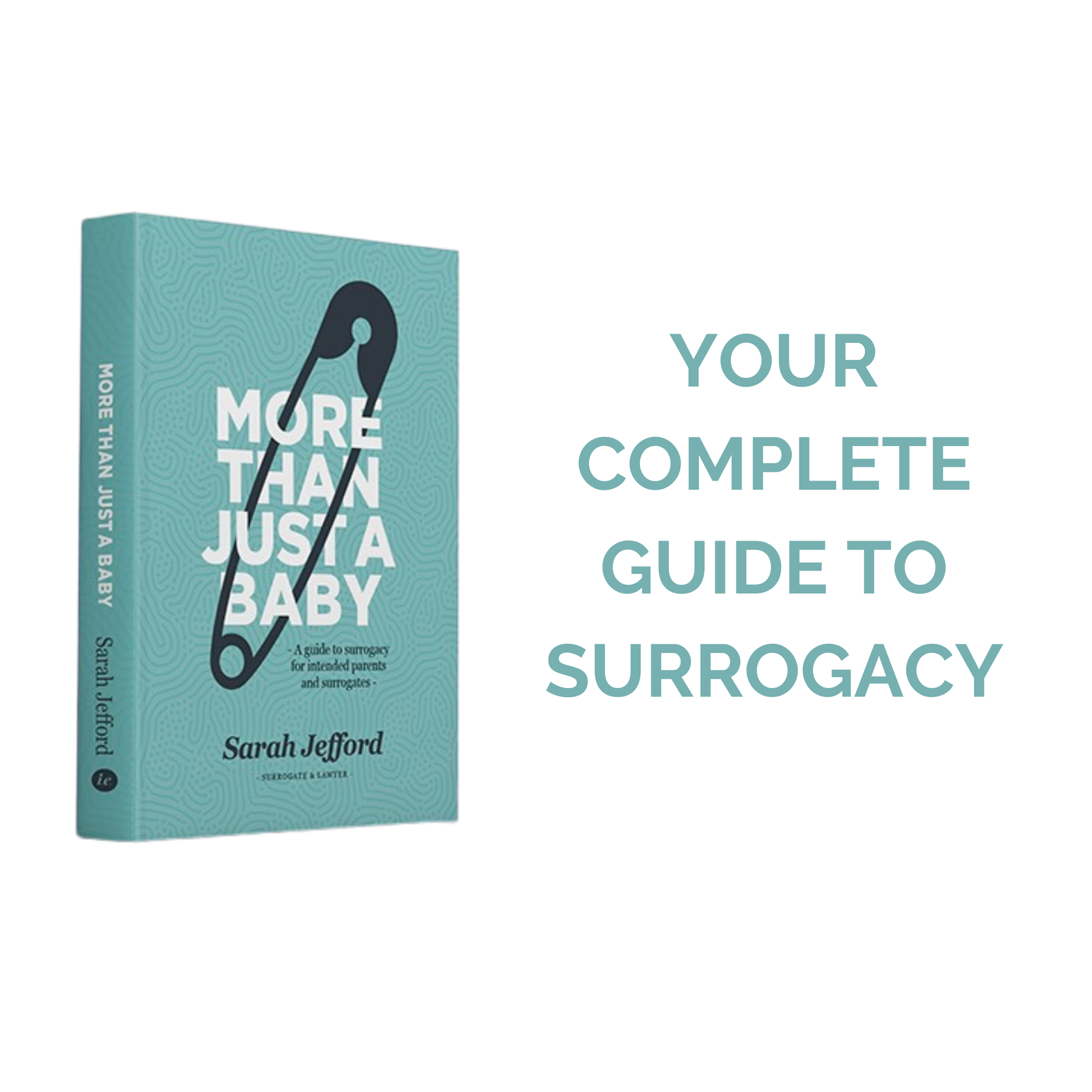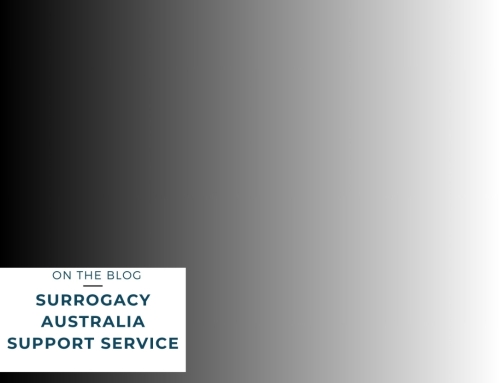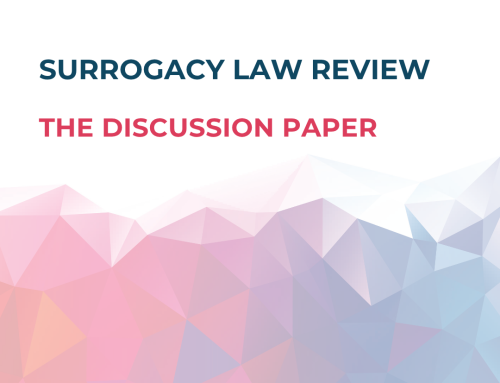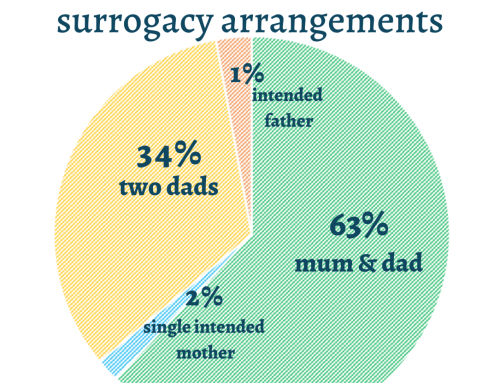One way to make surrogacy more accessible in Australia is to harmonise the laws across the country, and make it easier to obtain a transfer of parentage. Our patchwork of surrogacy laws means that each state and territory have their own mechanisms for transferring parentage from the birth parents to the intended parents. The process can be expensive, lengthy and frustrating for everyone involved.
In other countries, court orders transferring parentage are often made before a surrogacy birth. In many parts of the United States, court orders establish the intended parents’ legal parentage before the baby is born. This gives everyone clarity and certainty – the child, the surrogate and the intended parents.
Pre-birth and post-birth parentage orders
So, what exactly is a pre-birth order? In states like California, intended parents and the surrogate apply to court during the second trimester. The application includes details of the surrogacy arrangement, evidence of everyone’s consent and confirmation of the pregnancy and due date. In many cases, there is no court hearing required and the judge can approve the parentage order based on the paperwork evidence.
By the time the baby arrives, the pre-birth order is already in place. This means the intended parents can be listed on the birth certificate, and the birth parents are not named as the legal parents. The intended parents are recognised as the child’s legal parents, from the moment of birth.
What’s the difference between a pre-birth order and a post-birth order?
Applications for parentage orders can only be made after the birth in Australia. In several states, the parties must complete post-birth counselling and significant paperwork to meet the requirements of a parentage order. In the meantime, the intended parents are providing all the care for the baby, while the birth parents remain the legal parents and are named on the child’s birth certificate. This causes problems with Centrelink, Medicare, passports, medical treatment and childcare enrolment. There are also implications for the surrogate’s estate. The delay can cause significant stress for everyone – surrogates don’t like being the legal parent, nor do they appreciate all the paperwork they have to complete, and neither do the parents.
Pre-birth orders provide certainty at a time when intended parents should be focused on caring for and bonding with their baby, not navigating legal red tape. The orders also protect surrogates from being the legal parents of a child they carried for someone else. Surrogates can leave hospital after giving birth and have no legal responsibility hanging over their heads.
Pre-birth orders can also support safe medical care. With the intended parents legally recognised at birth, they can make medical decisions for their baby without delay or confusion.
Pre-birth orders don’t diminish the importance of ethical surrogacy practice. They rely on transparent agreements and fully informed consent from all parties – values that are at the heart of good surrogacy law. By adopting a similar model in Australia, we could ease the transition for everyone involved and focus on what truly matters: the best interests of the child and the wellbeing of the families formed through surrogacy.
Importantly pre-birth parentage orders can promote the rights and best interests of children born via surrogacy. Their parents can access services on their behalf and without delay and their rights to identity, family and privacy are assumed at birth. Information about their birth and genetic heritage can be recorded, much in the same way as they are now.
The Australian Law Reform Commission is reviewing Australia’s surrogacy laws. I think it’s time we made the parentage order easier and more accessible in Australia and that includes a framework for pre-birth orders that simplifies the legal process and give everyone the clarity and security they need from day one.
I recently completed a Churchill Fellowship travelling overseas in 2025 to research best practice surrogacy to inform law reform in Australia. My journey took me from Melbourne to Cape Town, Ireland and England, Canada and the USA to meet with surrogacy experts, advocates, intended parents and surrogates around the world.


